Growing Outcomes in Watersheds
About GROW
What is GROW?
Growing Outcomes in Watersheds (GROW) is a made-in-Manitoba program that supports conservation projects on agricultural lands. GROW funds project establishment costs and can provide annual payments for projects that help improve or maintain watershed health. See below for more info on types of eligible projects.
GROW is delivered by Manitoba’s Watershed Districts through Local GROW Committees. Committees establish regional priorities based on integrated watershed management plans, defining the types of projects that will have the most impact on local watersheds and will best support long-term sustainability in the area. Through local initiatives, GROW helps to improve watershed resilience to the impacts of a changing climate and helps to improve water quality for all Manitobans. Contact your local watershed district for more information.
Why should a producer implement A GROW-funded project on their land?
GROW projects can also come with a host of additional benefits to farmers, such as increased resilience to climate change events (flooding and droughts), increased sustainability on agricultural lands, and improved nutrient management.
Eligibility for GROW Funding
Who is eligible for GROW funding?
Any farmer or producer whose land is within a municipality participating in the Watershed Districts Program may contact their local watershed district to apply for funding. Funding is available for projects that support watershed health.
Types of projects funded through GROW and funding amounts vary in each watershed district. Contact your local district for local details or to see if your project qualifies for GROW funding.
About GROW Funding
The GROW Trust was established by the Manitoba government in 2020 to provide funding in perpetuity for conservation projects. This means funding that watershed districts and farmers can rely on long-term.
GROW funding is available in municipalities that are part of Manitoba’s Watershed Districts Program. The Watershed Districts Program is a voluntary municipal- provincial partnership program aimed at improving watershed health in Manitoba. Find out if your municipality is in a watershed district by viewing our municipal directory. If you are not in a participating municipality, talk to your local municipal representatives about joining the program.
The GROW Trust is administered by Manitoba Habitat Conservation.
GROW Project Examples
Note: eligible projects vary in each watershed district. The following are examples of some projects funded based on overall program eligibility.
Water Retention Projects that may be eligible
Small dam construction
Structures/activities for permanent or temporary water retention (ex: berms, gated culverts)
Wetland Conservation, Enhancement, Restoration Projects that may be eligible
Conserving of existing class 1 & 2 wetlands
Enhancement of existing wetlands (incremental increases in wetland benefits)
Restoration of drained or degraded wetlands
Terminal basins (may be considered)
Riparian Area Management projects that may be eligible
Enhancement of existing riparian areas on working lands
o Fencing for livestock exclusion
o Alternative watering systems
o Improved stream crossings
o Bank stabilization
o Re-establishment of riparian vegetation
Restoration of degraded riparian areas
o Bank stabilization
o Re-establishment of riparian vegetation
o Other projects that improve riparian health and function
Conservation of existing healthy riparian areas on working lands
Buffer establishment – Shelterbelts, multi-species buffer strips projects that may be eligible
Establishment or creation of new buffers on working lands (shelterbelts, perennial cover buffers, grassed waterways), including a period of required maintenance (weeding, mulching, watering).
Enhancement of existing buffers on working lands (incremental benefits), such as expanding existing buffers by adding new rows or inter-planting to increase diversity in existing buffers
Restoration of degraded buffers (re-establishment of buffer vegetation, pruning or removal of dead or diseased trees)
Upland area conservation, enhancement, or restoration projects that may be eligible
Conservation of native prairie, woodlands, highly-erodible upland areas
Enhancement of existing natural and managed areas (incremental benefits)
Restoration of soils, former natural areas, severely degraded natural areas
Permanent or alternative fencing to improve grazing strategies that support grassland/pasture health
Establishment of soil health crops (not harvested for economic benefit)
o Cover crops
o Green manure crops
o Polycropping
How to Apply for GROW Funding
If you know the name of your local watershed district you can connect with your district here.
If you don’t know the name of your local district you can access a district directory here.
If your municipality is not part of a watershed district contact your local municipal government to ask them how you can support joining a district.












